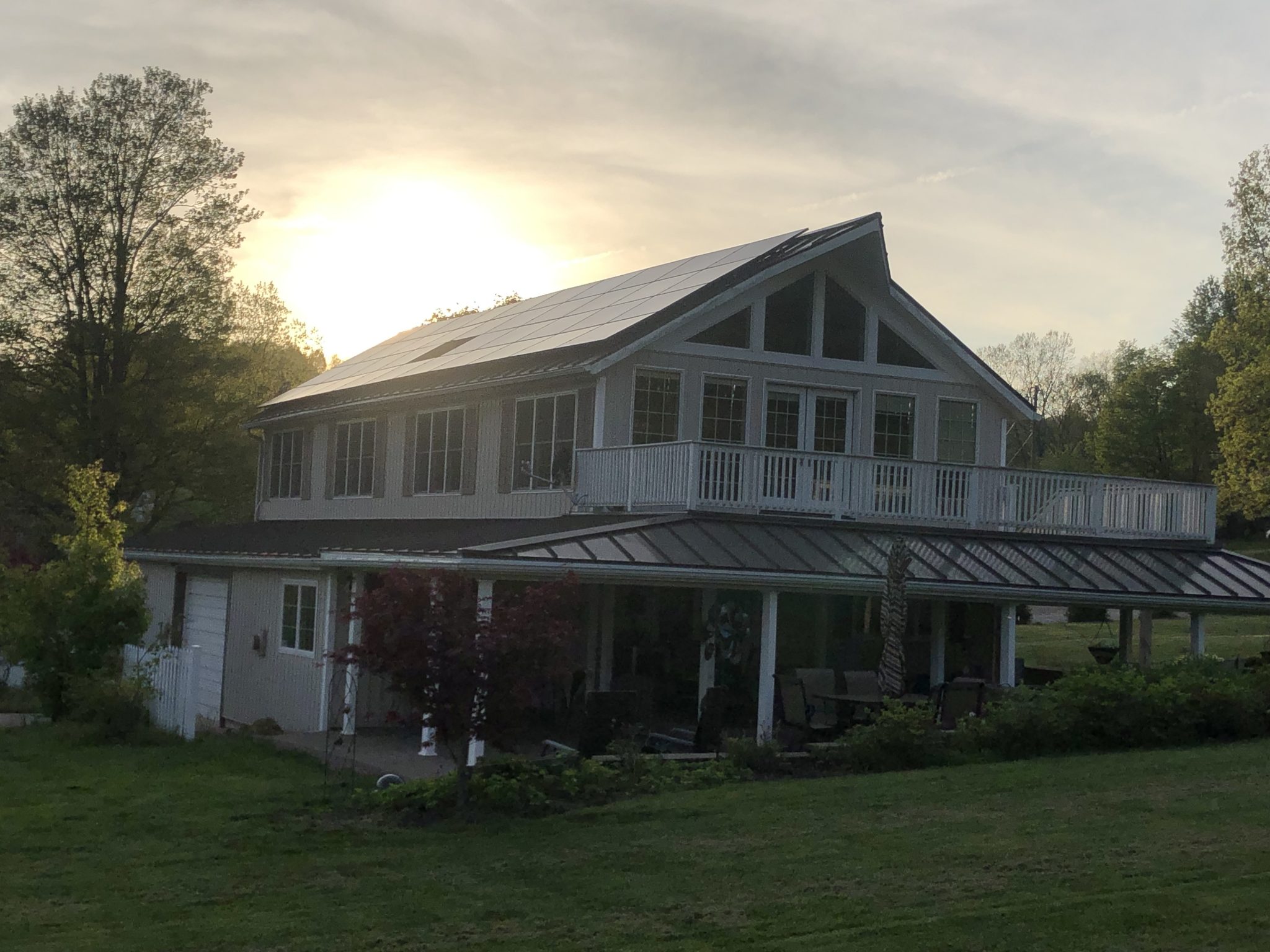Regarding the New York Times article of May 29, 2013 by Todd Woody entitled Solar Industry Anxious Over Defective Panels, our response at Third Sun Solar was a mix of frustration and ‘we told you so.’ Since 2000 we’ve been cautioning our customers and prospects—individually and in public forums—that solar is a young industry with newcomers jumping in every week. Newcomers as in new installers, new manufacturers, and new customers. We have pushed for standards and best practices. And we’ve cautioned our customers against seeking out lowest-price solutions—because, as in that age-old wisdom, you get what you pay for. In the case of PV solar, you are putting an electrical generating plant on your roof or grounds—one that should produce expected levels of clean energy for 30 years. That is not the place to be penny-wise and pound-foolish.
We have advocated for strong solar industry standards and adherence to best practices. We’ve seen ourselves under-bid and undercut by impossibly low prices, and wondered: how can so-and-so build a quality solar installation that cheaply? Well, again and again we’ve found, they can’t. At least, not if the word quality means anything.
Here is a rough outline of what we have been advocating for the emerging solar energy industry since our founding in 2000. In light of The New York Times article on solar panel quality, we renew our call for the solar industry to grow up and adopt strict standards and best practices:
- We have always had a policy against beta testing on our customer’s dime. Case in point, we steadfastly avoided using Solyndra panels even when they were “the next new thing” and many of our customers were asking for them. We said no—they are unproven, and the company making them is too new and likewise unproven. The failure of Solyndra gave solar opponents some great talking points and the industry a black eye.
- Whether it be micro-inverters, the latest shade tolerant inverter, thin film laminates, or locally manufactured racking, whenever any new product comes out we have advised our clients to try to see beyond the marketing claims and search out truly independent, objective test results. Unfortunately, in this rapidly growing industry these are often hard to come by.
- We have long advocated for strong industry standards and institutionalized best practices.
- We have encouraged our employees to become NABCEP certified. NABCEP certification involves an incredibly rigorous regimen of training and testing. NABCEP certificates are the “gold standard” of expertise in the solar industry.
- Our founder, Geoff Greenfield, was a member of the very first NABCEP graduating class. Geoff now sits on the NABCEP board of directors.
- We have always been honest with our customers in pointing out the fact that no industry standards yet exist for making energy performance projections. We deliver very conservative projections for the systems we design and install.
- We have always been honest with our customers in pointing out that no industry standards exist for assessing, quantifying and publishing the long-term viability of major components. A 25-year warranty requires 25 years to be proven out. That said, we conduct our own research and carefully select major components that we feel will serve our customers best, and thereby serve our company best in the long run. We studiously avoid low-cost “solutions” because, in our view, they guarantee downstream problems.
- We employ trained, experienced installers and enforce a high degree of oversight.
- We partner closely with other industry veterans to ensure we learn from their mistakes.
- We sought out and achieved certification as a SunPower dealer. SunPower manufactures the most high-efficiency solar modules in the world and their products consistently rank among the best for quality and durability. What’s more, SunPower inspects our installations after completion to ensure we consistently meet their standards for quality design and construction.
- We have repeatedly advised our customers not to use lowest-cost equipment. When initial price is the sole deciding factor in who builds a project, we often lose. Those are projects we do not want to build.
- And we provide a ten-year warranty on our installations to cover the possibility that, after all of our care and due diligence, we too could make a mistake.
We understand the risks inherent in any rapidly-growing industry. Customers need to minimize risk in moving toward clean energy, and the best way to do that is to find a trusted design/install firm with a long, positive track record of successful installations. Making purchase decisions on a 30-year product based on lowest initial cost is not necessarily the best way to go. The Times article illustrates just how important such considerations can be for a young, emerging industry.
Third Sun Solar has not used components from a single one of the companies implicated in the article—and, we agree fully with the final words of the piece: “It’s time to start naming names.”





